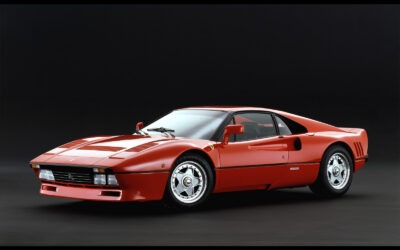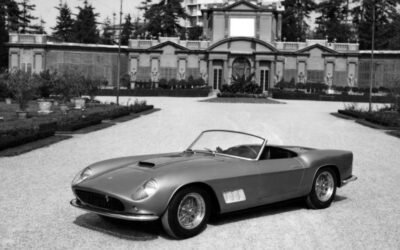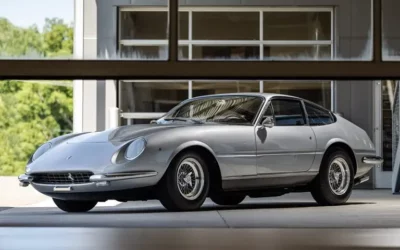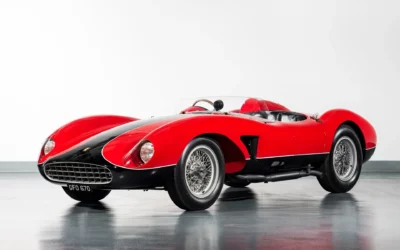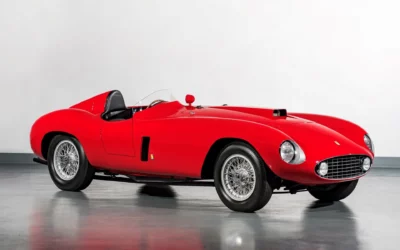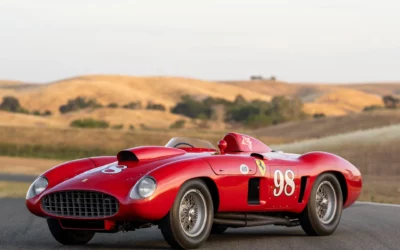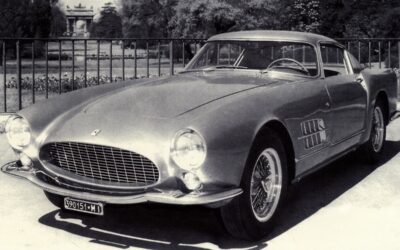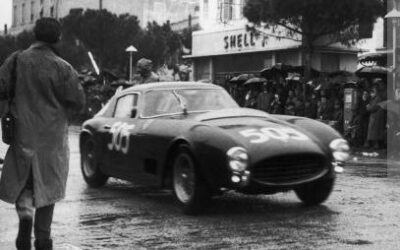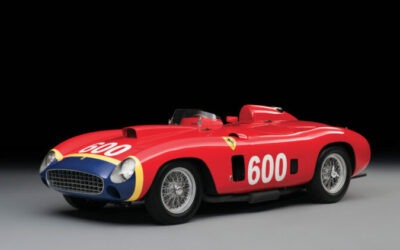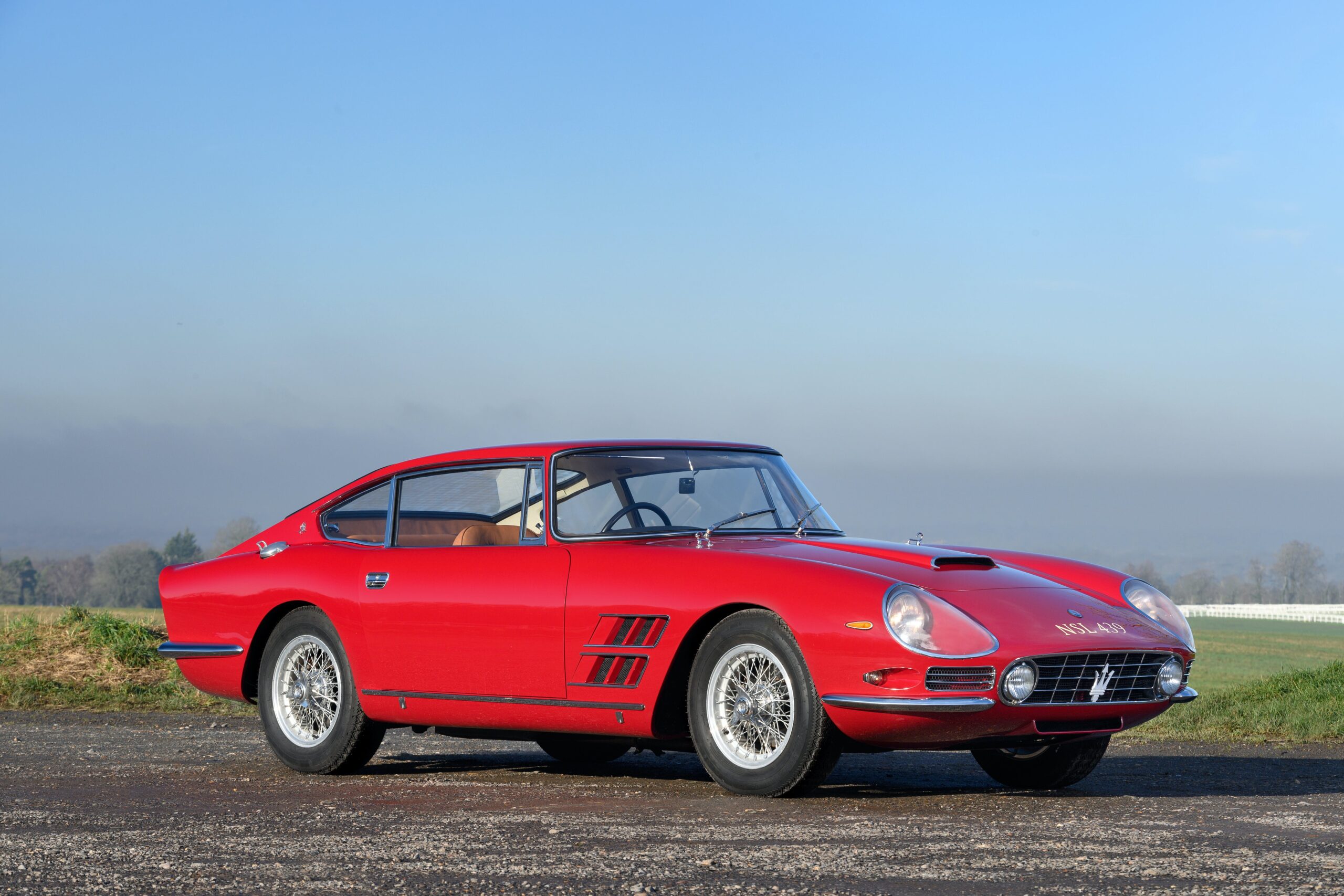






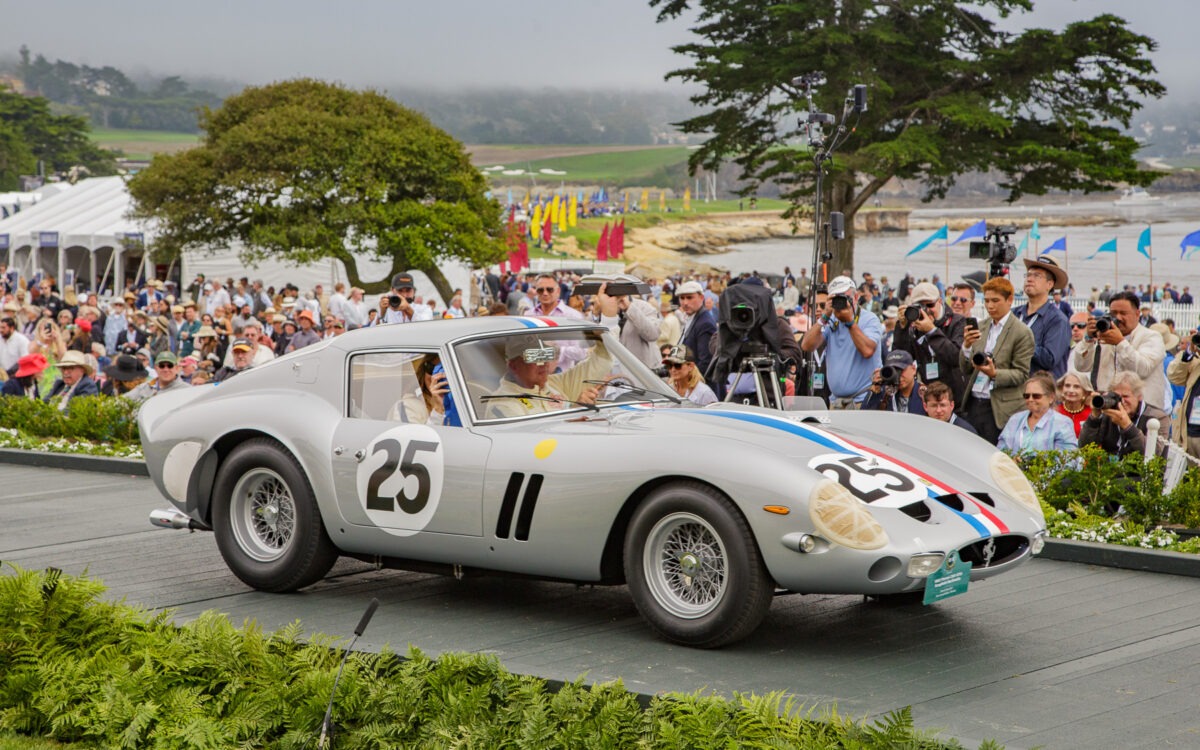









- 2021 Pebble Beach
- 2022 Pebble Beach
- 2024 Pebble Beach
Ferrari 250 GTO
Chassis
The Ferrari 250 GTO: the legend.
Vehicle Overview
The Ferrari 250 GTO is a remarkable vehicle that serves both as a road car and a racing car. It has earned its reputation as the epitome of Ferrari excellence and remains one of the most iconic and beloved cars in history. The designation “250” signifies the displacement of each cylinder in its powerful 3000 cc V12 engine, while “GTO” stands for “Gran Turismo Omologata.” Interestingly, this abbreviation was not used again until the introduction of the Ferrari 288 GTO in 1984. The development of the 250 GTO began with the Ferrari 250 GT Berlinetta short wheelbase, which had a wheelbase of 2400 mm. The 3-liter V12 engine from the 250 Testa Rossa was repositioned, and extensive modifications were made to the suspension and bodywork. Following a disagreement with Enzo Ferrari, the chief engineer of the project, Giotto Bizzarrini, was dismissed, along with other Ferrari engineers. The project was then entrusted to the young engineer Mauro Forghieri and coachbuilder Sergio Scaglietti. The highly regarded bodywork of the 250 GTO is the result of the collaboration between Bizzarrini and Scaglietti, rather than being attributed to a specific design house or designer, as is typically the case. In 2004, the prestigious U.S. car magazine Sports Car International ranked the 250 GTO as the top sports car of the 1960s, and it was also hailed as the “Best Ferrari of all time” by the esteemed U.S. magazine Motor Trend Classic. The Ferrari 250 GTO was born and was developed in every smallest detail solely for racing use. The idea came in 1960 to Enzo Ferrari, who asked his chief engineer in the experience department Giotto Bizzarrini to create, in view of the new regulations imposed by the 1962 World Championship of Makes, which was to be held only with GT cars, a small, light and very fast sports car that would exploit the 3-liter V12 engine of the 250 series and that could compete with the Jaguar E-Type. In a short time and taking advantage of a Ferrari 250 GT “short wheelbase,” chassis No. 1791 GT, Bizzarrini built a prototype. Compared to the 250 short wheelbase, the engine was repositioned by moving its mounts back, the suspension mounts were modified, and the central structure was reinforced with metal cross members. The engine was the classic 3-liter V12 with Testa Rossa specifications. The bodywork was modeled following exclusively functional and not aesthetic requirements however the result was still splendid. The work was carried out on the tubular chassis directly by the team of Bizzarrini and Scaglietti and not entrusted to an external coachbuilder, perhaps because in this way it would have been easier to make changes dictated by racing needs. This first example was already very similar to the final version of the GTO but neither the small tail spoiler nor the dry sump lubrication were present. This first prototype (initially initialed 539/62 Comp., then 539/64 Comp.) was completed in record time in mid-August and was tested during the 1961 Italian GP at Monza by Willy Mairesse. This test yielded excellent results also thanks to the help of Stirling Moss, who tested the car during F1 practice, scoring a time of 1 45″4 such that Enzo Ferrari said “You had never seen a GT in front of single-seaters.” The car had lubrication problems because on the elevated roads the oil would move from the sump into the left cylinder head and cause the pump to draw vacuum and smoke the engine. Therefore, a dry sump engine was fitted which solved the problem and increased the capacity of the oil circuit from 10 to 20 liters. In December 1961 while testing continued on the car in Maranello the “palace revolution” exploded in which many designers were removed from the company including Giotto Bizzarrini and Carlo Chiti who would later found ATS. Thus development of the GTO passed directly to a young Mauro Forghieri who had just taken over and to Sergio Scaglietti. During testing, the dangerous tendency of the rear end to lose grip due to the self-steering effect was discovered, so the tail spoiler was added, the first in a GT car, and Watt’s parallelogram was added, recalibrating the rear suspension. The car (chassis No. 3223) complete, but still without the spoiler, was presented to the world on February 24, 1962, in Maranello at the customary pre-season press conference. This was the only car present with the front engine: all the others both single-seaters and Sport cars featured the power unit in the central position. FIA rules for the 1962 season required 100 examples of a specific model to be built in order to grant homologation to participate in Grand Touring car competition in Group 3. Only 36 examples were produced with a 3000 cm³ engine and 3 with a 4000 cm³ engine (often referred to by the misnomer 330 GTO, because of the different unit displacement) for a total of 39, and this allowed Ferrari to be very selective with potential buyers. Ferrari circumvented the rules by means of non-sequential numbering of the chassis produced, and soon became the star of the tracks. The lines of the hand-built aluminum bodies by Scaglietti did not change during the production period, which ran from 1962 to 1964, with the exception of a single example bodied with the lines of the 330 LM Berlinetta, the 3 GTO/64 and the 4 GTO/64-style re-carved Series I cars, however the differences in detail are obvious. Some examples of the I series have 3 vents behind the front wheel arches and not 2, some have “Snap” exhausts, some have air vents behind the rear window pillars, some rear lights are mounted on supports others are not, finally the spoiler on some cars is bolted on externally, on others it is integrated. Of the examples produced, only two left Maranello in green tint, and to this day only one is still in this color, the BP green typical of the British oil brand, while the other was repainted classic red. Another peculiarity of the green model is the right-hand drive.
3D MODEL
Technical Specifications
-
Body
-
Year1962
-
MakeFerrari
-
Model250 GTO
-
CoachbuilderScaglietti
-
Length (mm)N/A
-
Width (mm)N/A
-
Height (mm)N/A
-
Units built33
-
Engine TypeV12
-
MakeN/A
-
ModelN/A
-
Cylinder CapacityN/A
-
Number Of DoorsN/A
-
Six Month RateN/A
-
Twelve Month RateN/A
-
Date Of First RegistrationN/A
-
Year Of ManufactureN/A
-
CO2 EmissionsN/A
-
Fuel TypeN/A
-
Tax StatusN/A
-
TransmissionN/A
-
ColourN/A
-
Type ApprovalN/A
-
Wheel PlanN/A
-
Revenue WeightN/A
-
Tax DetailsN/A
-
Mot DetailsN/A
-
TaxedN/A
-
motN/A
-
MakeN/A
-
Cylinder CapacityN/A
-
RegistrationN/A
-
Year Of ManufactureN/A
-
CO2 MissionsN/A
-
Fuel TypeN/A
-
Tax StatusN/A
-
ColourN/A
-
Type ApprovalN/A
-
Wheel PlanN/A
-
Revenue WeightN/A
-
DESIGNERN/A
Events
RELATED VEHICLES
More vehicles by Scaglietti

- 2023 Villa d'Este

- 2023 Villa d'Este
- Mileage n/a

- 2010 Amelia Island

- 2022 Pebble Beach
- 2005 Pebble Beach
- Mileage n/a

- 2013 Pebble Beach
- Mileage n/a

- 1956 Mille Miglia
- Mileage n/a
Coachbuilder
Missing or wrong informations?
Carrozzieri-Italiani.com relies on thousend of users who help to populate the database. We do not guarantee the accuracy of the informations. Contact us if you want to contribute.

